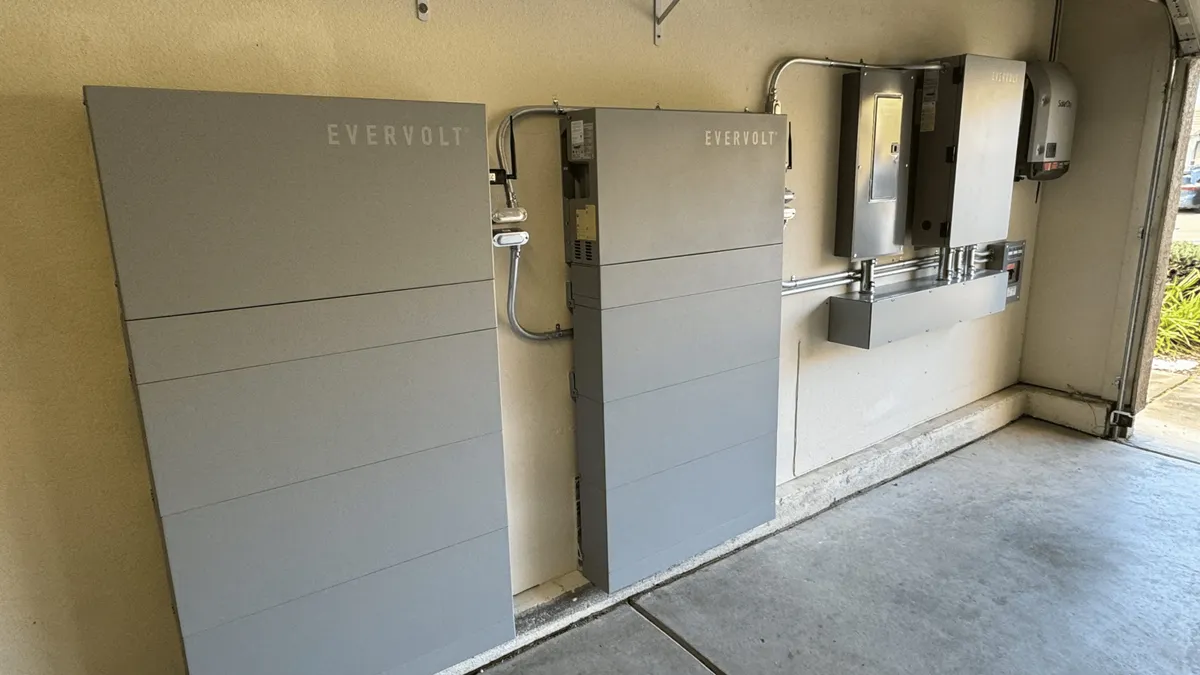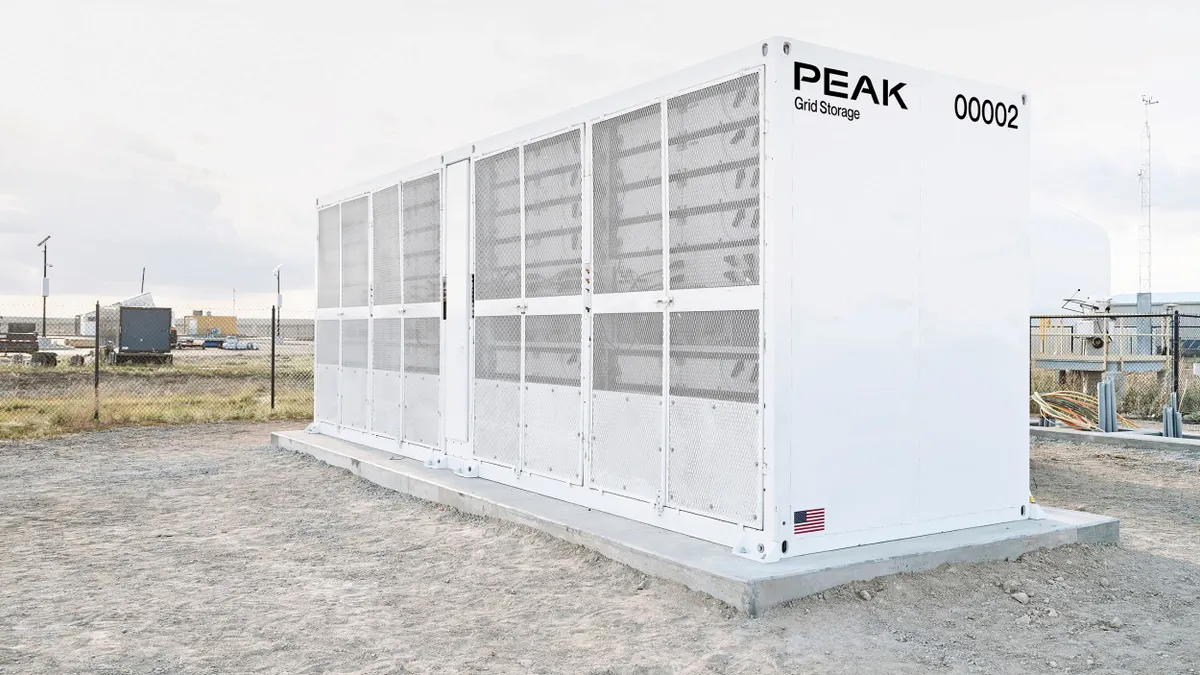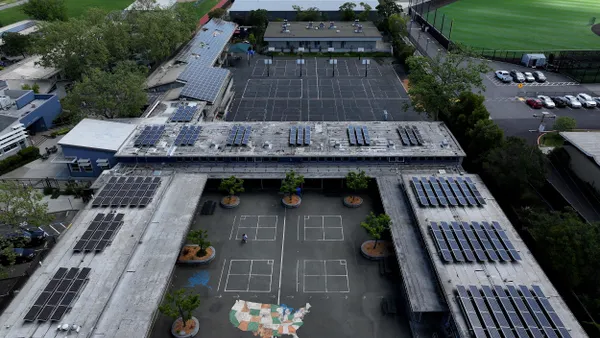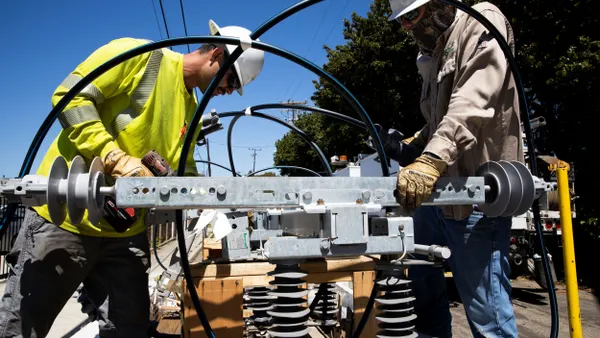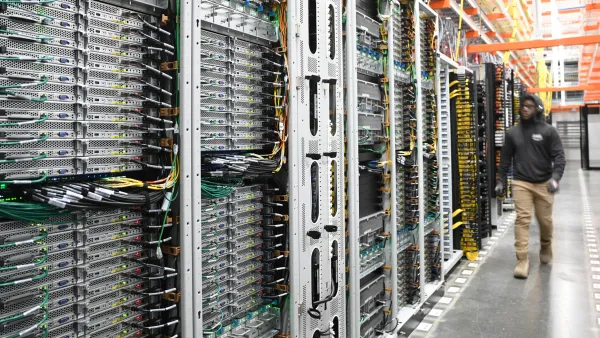Increased demand for electricity and extreme weather events are stressing our aging power grid and introducing more volatility into the system than ever before. On top of that, energy prices continue to creep slowly upwards. Homeowners are looking for new ways to navigate this volatility and solar battery systems are a prime solution.
The benefits of home batteries go well beyond backup power. Installers can drive new business by educating residential customers on how energy storage solutions can help manage home energy costs and consumption while also reducing stress on the power grid. Here’s a look at how battery storage can be used to help homeowners navigate the inevitable energy volatility we’ll see in 2025 and beyond.
Solar battery storage can reduce utility bills
The price of electricity is on the rise, stressing consumer budgets. Residential electricity prices across all regions are expected to average 16.7 cents/kWh in 2025, up from 15 cents/kWh in 2022. A growing number of utilities are also initiating time of use (TOU) pricing for residential customers, where the price of electricity varies depending on the time of day it’s consumed.
Solar battery storage systems can help combat rising energy costs and improve homeowners’ energy resilience in the face of all this volatility. While the initial price of a home battery system can be costly, homeowners will save money over the system’s 10- to 15-year lifespan, according to Kyle Smith, general manager at Solar Optimum, a Panasonic Elite solar and home battery installer in California.
A solar battery system can help homeowners reduce home energy costs and consume energy more efficiently, especially when solar panels charge the battery. These systems “can automatically switch to the energy stored in the solar battery when grid electricity rates are high, reducing the amount of energy homeowners need from the grid and lowering their energy bills,” Smith explained.
That stored energy can also reduce the cost of charging an electric vehicle at home. “Just a few years ago, charging your car with a home battery system was harder to achieve. But with technological advancements, getting the amperage needed to charge an electric vehicle (EV) is now very attainable,” Smith said.
Solar batteries reduce stress on the grid
Many factors drive volatility in the energy market, but a sharp uptick in demand in the coming years is bound to be one of the most impactful. ICF, a global advisory firm, expects U.S. electricity demand to grow by 9% by 2028 and 18% by 2033, an increase of 2% annually. Much of this will be driven by data centers, but ongoing residential electrification will also play a part.
While the increased adoption of things like EVs and electric heat pumps will certainly reduce carbon emissions, they will also tax the power grid’s aging infrastructure — much of which is operating well beyond its life expectancy. As a result, the frequency and duration of power outages may increase, further driving up electricity costs through peak pricing and demand charges.
The increasing strain on the grid will create a growing demand for home energy storage solutions. Discharging energy from solar batteries to charge EVs or power homes gives homeowners greater energy independence, lowering their reliance on the grid, reducing the impact of rising electricity prices and minimizing power disruptions during peak times.
“Home energy storage and batteries have a huge part to play in offsetting the increasing demands on the grid,” Smith said. “They make homes less dependent on the grid and ultimately more resilient.”
Installers who position themselves as not just solar panel providers, but as experts in managing energy demand and enhancing grid resilience can tap into a growing market with significant long-term potential. With the right technology, such as smart energy management systems that prioritize battery use during peak pricing hours, installers can offer homeowners savings and peace of mind while driving revenue growth for their business.
Solar battery storage improves resilience
Added resilience is perhaps one of the biggest benefits homeowners see when adding an energy storage system. Extreme weather events, wildfires and severe winter storms have become more frequent — driving a significant uptick in grid outages. Texas, Florida and North Carolina have seen extended power outages in recent years due to severe weather events.
At the same time, southern California residents contend with wildfire-driven public safety power shutoffs and frequent rolling blackouts during the summer months when electricity for air conditioners is in high demand. Home battery systems provide resilience during these weather emergencies, powering everything from medical devices to an entire home.
Taming energy volatility with solar batteries
The increased volatility of the energy market presents a major growth opportunity for solar battery installers. As more homeowners seek energy resilience and cost savings, installers can position themselves as essential partners in the energy transition, offering systems that help customers avoid rising electricity rates, reduce reliance on the grid and ensure backup power during outages.
Installers offering solar battery systems deliver more than just storage solutions — they provide energy independence for homeowners, long-term savings and relief for the grid. Panasonic’s energy storage solutions offer installers the tools they need to help customers withstand the expected energy volatility in 2025 and beyond — keeping the lights on during grid outages, reducing home energy bills, and helping homeowners manage fluctuating electricity prices.
Contact your Panasonic regional sales manager to learn more about becoming an Authorized Storage Installer.

